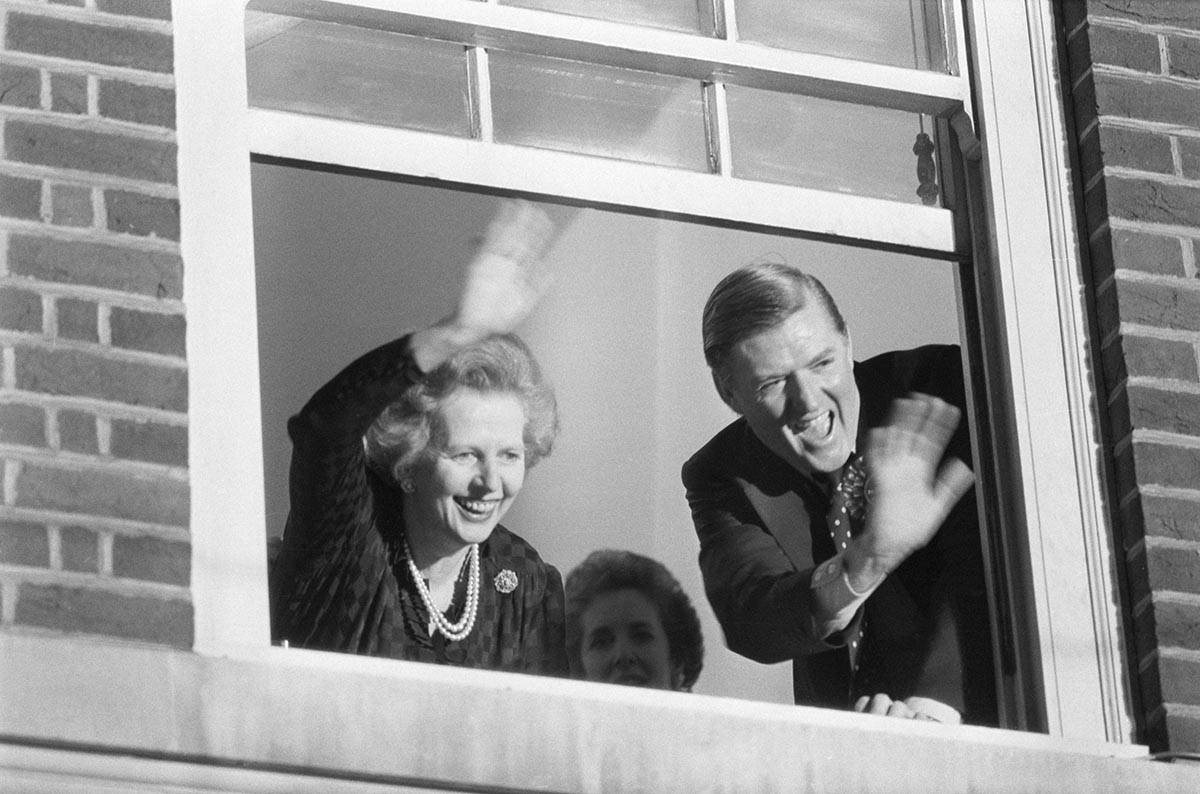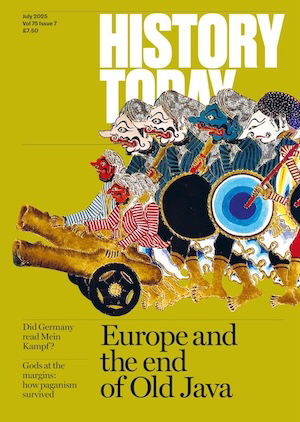Thatcher Breaks Consensus
Assessing Margaret Thatcher’s premiership: a radical decade and a divisive legacy.

When asked who has been the most controversial and radical postwar British prime minister, many historians and academics incline towards Margaret Thatcher. Taking office 40 years ago, and in power between 1979 and 1990 as the UK’s first female prime minister, the circumstances she faced in office gave her the opportunity to stamp her mark on British life – and this she did. When she departed from 10 Downing Street, she had become the longest-serving continuous British leader of the 20th century. Her divisive legacy has been debated ever since.







